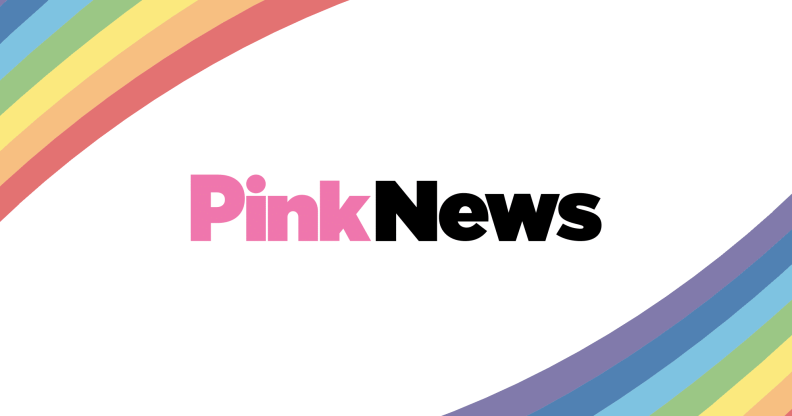Ikea brings gay couples out of commercial closet

Swedish home furnishing retailer Ikea made worldwide news in 1994 for its US commercial featuring a male couple buying furniture together, the company has returned to its roots with a new spot including another gay pair, this time with a child.
Following a rainbow of families, the black and Asian male couple are joined by their Golden Retriever and daughter, snuggled in domestic bliss. An ending voiceover asks: “Why shouldn’t sofas come in flavours, just like families?”
Ikea spokeswoman Mona Liss said: “Home is the most important place in the world, it’s the place where we grow our families, however we define family. That includes the people you choose to live with, and the friends and pets you choose to bring in.”
The campaign for Ikea, which has 34 stores in America., was created by advertising agency Deutsch. The commercial airs on national cable networks and future versions will focus on other rooms of the home. However, no ads will appear in gay media-a place the company has never advertised in.
The first Ikea spot with a white male gay couple, also from Deutsch, was groundbreaking. It was part of a series showing non-nuclear, non-traditional families, including a biracial opposite-sex couple and a single mum.
The male couple ad showed them shopping together and discussing how they met, with one finishing the other’s sentence like married couples do. One of the two actors was even actually gay, but it aired only once before being pulled-for safety reasons.
One of its American stores received bomb threats due to the commercial.
“We knew it was going to be a polarising decision but we thought it was the right one,” notes Kathy Delaney, chief creative officer of Deutsch, about the 1994 commercial.
It was easier over how to portray a same-sex couple the second time around, 12 years later. “I would say the first time there was more discussion about ‘Is it over the top, Is it accurate?’ ” Delaney says. This time there was “not even a debate” to include the male couple again. “It was sort of a no-brainer, gays are part of the world we live in.” She adds that when casting the men, “we went with the people we felt were right,” and that their mixed races was incidental.
Globally, Ikea has a long history of including gay and transgender themes in its advertising, with over 20 examples, though not always from an inclusive approach.
In 1999, a remarkable Spanish Ikea spot depicts a woman in a hospital who has just undergone gender reassignment surgery from being a man, with the theme “Redecorate Your Life.” The same year in Germany, a foldaway couch is opened to reveal two men in bed together.
In 2001, a stereotyped male couple fights War of the Roses style in a British spot, while an American spot shows a man opening a fortune cookie that says love is in front of him-an overweight man.
Even more gay themed ads from Ikea appeared worldwide in 2002. A print ad in The Netherlands showed a girl and her two daddies, one kissing the other on the cheek. An Australian TV spot has a woman conclude her date is gay because his apartment is so well decorated.
A host of new advertisers have entered the gay market recently. The year-old gay cable channel from MTV Networks, LOGO, has introduced Sears Brands, Sprint Nextel and Bally Total Fitness to gay viewers in the last several months, while viewers of the channel on Time Warner in New York City have also seen Weight Watchers International and Subway restaurants.
A Sears spokeswoman says the company doesn’t comment on its advertising strategies. By contrast, segment market manager at Southwest Airlines Jena Atchison was practically bursting to talk about what her company was up to. The airline entered The Advocate with custom gay creative showing same-sex couples embracing and holding hands under the headline, “We’ve been a great travel partner for over 35 years.” The work came from Southwest’s ad agency GSDM, Austin.
Southwest took action after it carried a less-than-expected score from the Human Rights Campaign’s annual Corporate Equality Index look at company LGBT policies and behaviour.
“Based on our culture, we were surprised, it was a great learning tool for us,” says Atchison, who is lesbian and a six-year employee. “You can’t just say, ‘Here we are’ and expect everyone to love you.” Southwest formed a team of 20 gay and lesbian employees across departments to address the HRC score and marketing.
While she notes there is more work to be done (the HRC score is now 86), Atchison says, “We didn’t just want to tap into the gay market, we wanted to satisfy them.”
Michael Wilke is the Executive Director of the Commercial Closet Association.
© 2006 Michael Wilke; All Rights Reserved.

